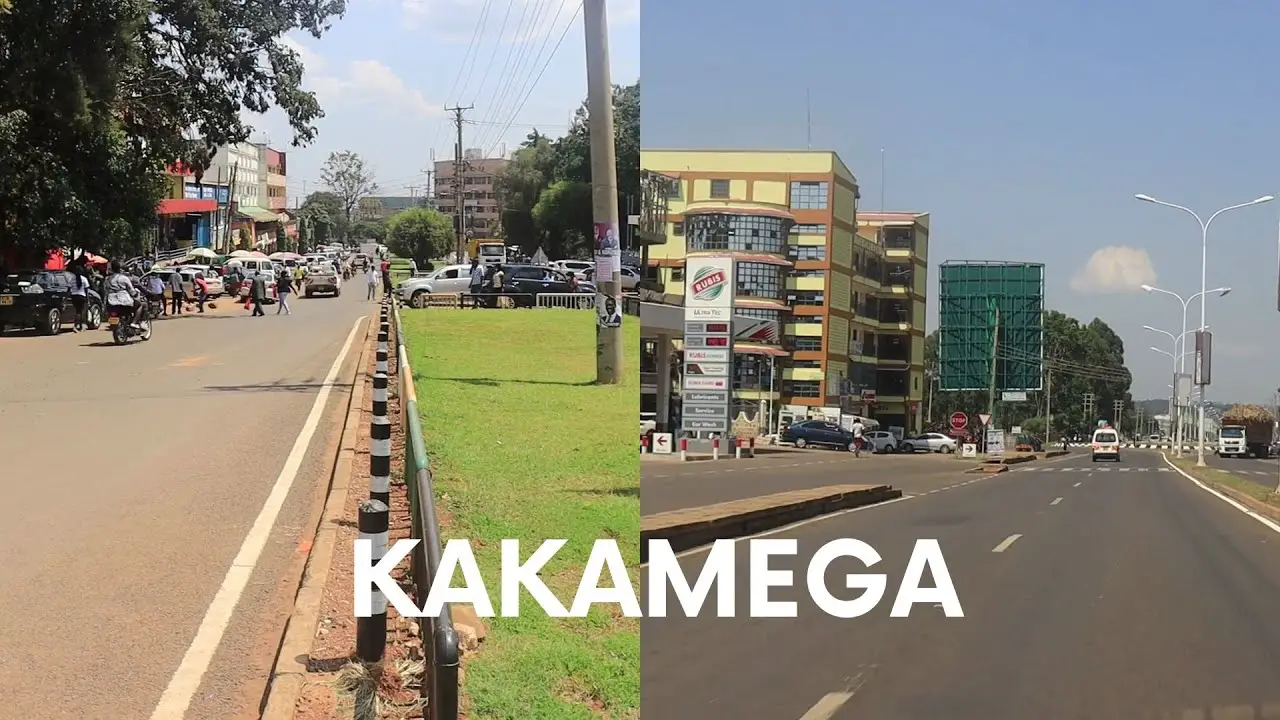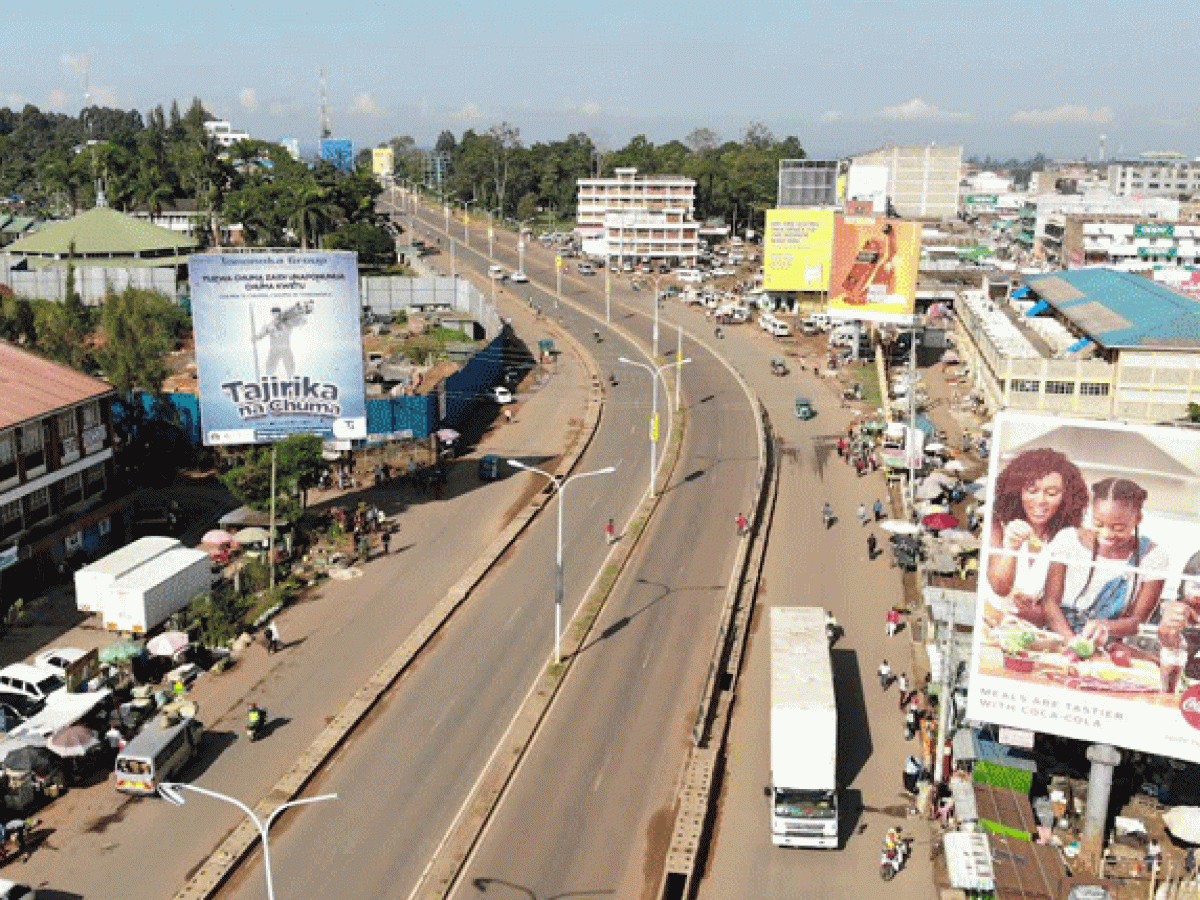Imagine stepping into a town where vibrant green landscapes meet a bustling urban center. Welcome to Kakamega Town, a hidden gem nestled in the heart of Kenya. Known for its rich cultural heritage and stunning natural beauty, this charming town offers a delightful blend of adventure and relaxation. Whether you’re exploring the colorful markets, immersing yourself in traditional music and dance, or embarking on a thrilling safari, Kakamega Town has something for everyone. Get ready to embark on an unforgettable journey as you uncover the wonders of this captivating destination.
Geography
Location
Kakamega is a town located in western Kenya, specifically in Kakamega County. It is situated approximately 415 kilometers northwest of Kenya’s capital city, Nairobi. The town is nestled amidst lush greenery, surrounded by rolling hills and fertile plains. Its location near the equator means that Kakamega enjoys a tropical climate with relatively consistent temperatures throughout the year.
Climate
Kakamega experiences a pleasant tropical climate, characterized by warm temperatures and relatively high rainfall. The town is shielded from extreme weather conditions, as it is located within the Lake Victoria Basin. The average annual temperature in Kakamega ranges from 20 to 29 degrees Celsius (68 to 84 degrees Fahrenheit), providing a comfortable environment for its residents and visitors. Rainfall is evenly distributed throughout the year, with the wettest months being April, May, and November.
History
Early Settlements
Kakamega has a rich history that dates back centuries. The region has been inhabited by various indigenous communities, including the Luhya people who are the dominant ethnic group in the area. These early settlements were largely agrarian communities that relied on farming for sustenance.
Colonial Era
During the colonial era, Kakamega became an important center for the British administration. The presence of gold in the region attracted European prospectors, leading to the establishment of the Kakamega Gold Rush in the 1930s. The gold rush brought significant economic and social changes to the town, but the mining activities eventually declined, and other sectors began to take center stage in Kakamega’s development.
Independence and Post-Independence
Following Kenya’s independence from British colonial rule in 1963, Kakamega continued to flourish. The town became an administrative hub for Kakamega County, which was created in 2010. It is now a bustling urban area with a diverse population and a thriving economy.

Demographics
Population
Kakamega has a population estimated to be around 100,000 people. The population has steadily increased over the years due to factors such as rural-urban migration and natural population growth. The town’s vibrant atmosphere and economic opportunities continue to attract individuals from various parts of the country.
Ethnic Groups
The Luhya people form the majority ethnic group in Kakamega. However, due to its strategic location and economic activities, the town is home to people from different ethnic backgrounds. This diversity contributes to a vibrant cultural scene and promotes social cohesion among the various communities.
Languages
The primary language spoken in Kakamega is Luhya, which is part of the Bantu language family. However, due to the town’s multicultural nature, other languages such as Swahili and English are also widely spoken. English serves as the official language of communication, particularly in government offices and educational institutions.
Infrastructure
Transportation
Kakamega boasts a well-connected transportation network that facilitates movement within the town and beyond. The town is served by a network of well-maintained roads, making it easily accessible by both private and public transportation. Local bus services operate within the town, offering a convenient mode of transport for residents and visitors. Additionally, the town is connected to other major cities in Kenya through regular bus services and matatus (minibus taxis).
Education
Education is of great importance in Kakamega, and the town is home to numerous schools and educational institutions. It has a mix of public and private schools at the primary, secondary, and tertiary levels. Kakamega also hosts several vocational training centers and technical colleges that provide practical skills for the workforce. The availability of educational facilities ensures that residents have access to quality education and equips them with the necessary skills for personal and professional development.
Healthcare
Kakamega is well-equipped with healthcare facilities that cater to the medical needs of its residents. The town has several hospitals and clinics, both public and private, offering a range of medical services. These institutions provide comprehensive healthcare services, including emergency care, maternity services, and specialized treatments. The presence of these healthcare facilities ensures that residents have access to quality healthcare without having to travel long distances.
Utilities
Kakamega has a reliable supply of basic utilities such as electricity and water. The town is connected to the national power grid, ensuring a steady supply of electricity to homes, businesses, and public facilities. Water supply is also well-maintained, with water treatment plants providing clean and safe water to the residents. Efforts are continually being made to improve and expand these utility services to meet the growing needs of the town’s population.
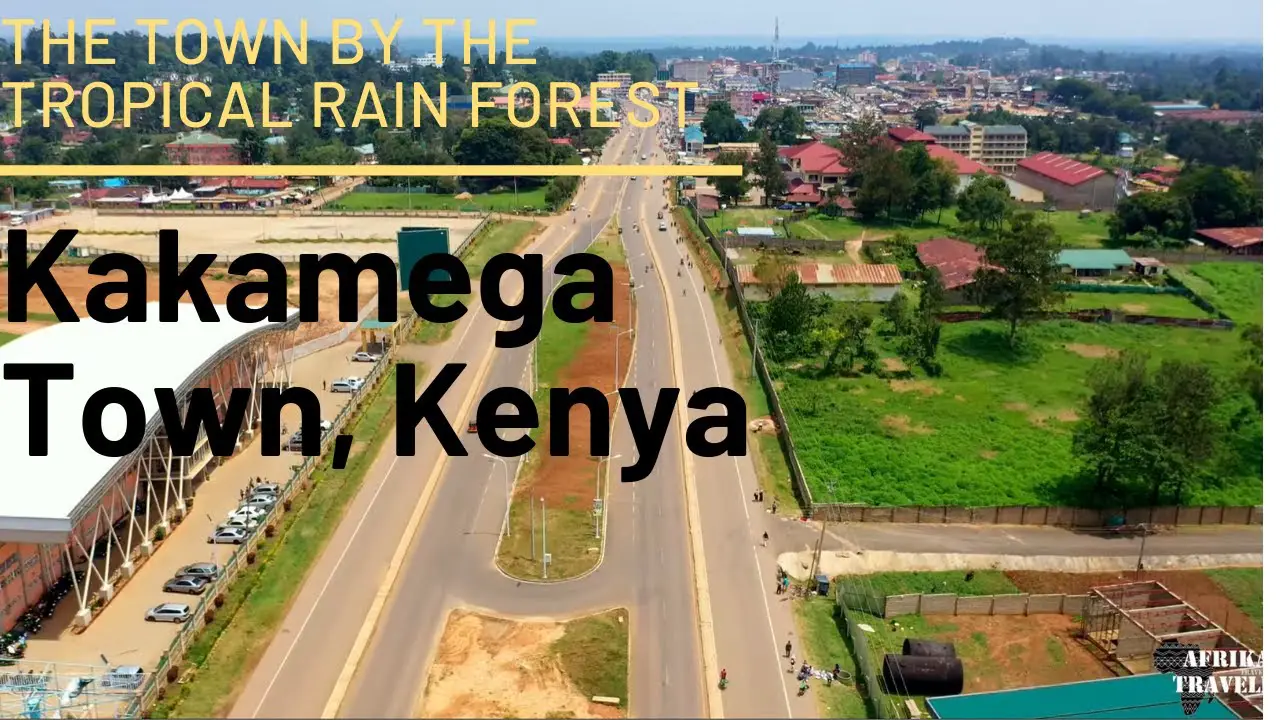
Economy
Agriculture
Agriculture plays a significant role in Kakamega’s economy. The region’s fertile soil and favorable climate make it suitable for various agricultural activities. The primary crops grown in Kakamega include maize, sugarcane, bananas, tea, and coffee. These crops not only provide sustenance for the local population but also contribute to the country’s export earnings.
Mining
While mining was once a prominent industry in Kakamega during the gold rush, it has significantly declined in recent years. However, small-scale mining activities still exist, primarily focused on extracting minerals such as limestone, granite, and building stones. These materials are utilized in local construction projects and contribute to the town’s economic growth.
Trade and Commerce
Kakamega has a thriving trade and commerce sector, driven by its strategic location and urbanization. The town is home to numerous markets, shopping centers, and retail outlets where residents can purchase a wide range of goods and services. The trading activities are not limited to local products but also include regional and international trade. Small and medium-sized enterprises (SMEs) form a significant part of the town’s economy, contributing to employment opportunities and income generation.
Culture and Tourism
Traditional Practices and Festivals
Kakamega boasts a rich cultural heritage, with the Luhya community at its heart. The town is known for its vibrant celebrations of various traditional festivals, such as the Bull Fighting Festival, where locals showcase their traditional wrestling skills. Other cultural practices and ceremonies, such as initiation rites and storytelling sessions, provide visitors with a unique glimpse into the rich traditions and customs of the Luhya people.
Tourist Attractions
Kakamega is blessed with natural beauty and diverse attractions that draw tourists from within Kenya and beyond. The Kakamega Forest, a tropical rainforest and one of Kenya’s most significant rainforest reserves, is a notable tourist attraction. It offers nature lovers the opportunity to explore its lush vegetation, diverse birdlife, and unique flora and fauna. The Crying Stone of Ilesi, a gigantic rock formation with natural “tear marks,” is also a popular tourist spot, believed to have cultural and historical significance.
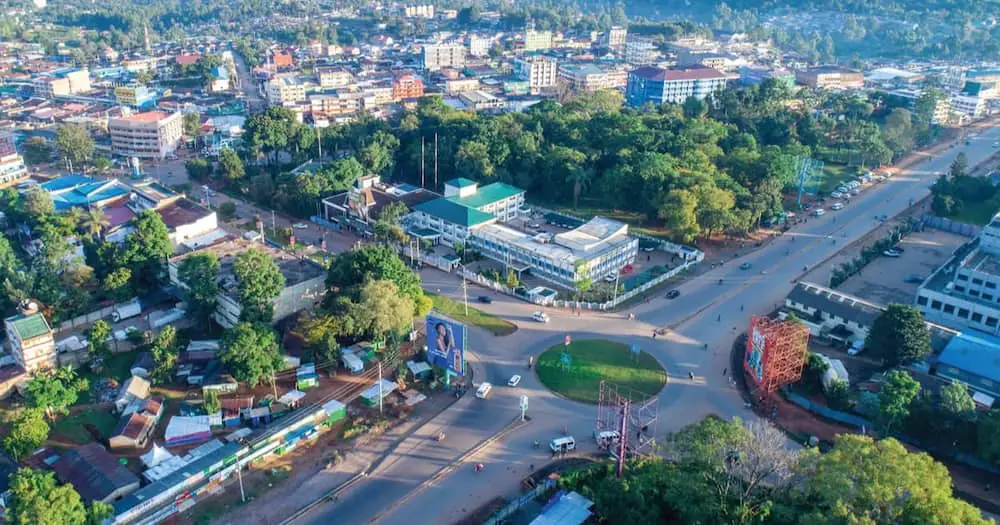
Sports and Recreation
Sports
Sports play a vital role in Kakamega, imbuing the community with a sense of unity and pride. The town is known for its passion for football, with numerous local football clubs participating in regional and national competitions. Kakamega is also home to various sports facilities, including stadiums and training centers, providing opportunities for athletes to hone their skills.
Recreational Activities
Kakamega offers a range of recreational activities for both residents and visitors. The town has several parks and green spaces where individuals can relax, exercise, and enjoy outdoor activities. Activities such as hiking, nature walks, and birdwatching in the Kakamega Forest provide unique opportunities to appreciate the town’s natural beauty. The presence of community centers, social clubs, and sports facilities also offers residents opportunities to engage in leisure and recreational pursuits.
Notable People
Celebrities
Kakamega has produced notable individuals who have achieved fame and recognition in various fields. In the entertainment industry, musicians such as Masinde Muliro and Chris Kantai have contributed significantly to the Kenyan music scene. Additionally, athletes such as Dennis Oliech, a renowned football player, and Mary Jepkosgei, an accomplished long-distance runner, have brought pride to the town through their impressive sporting achievements.
Influential Figures
Kakamega also boasts influential figures who have made significant contributions in various sectors. Dr. Wangari Maathai, an environmentalist and the first African woman to win the Nobel Peace Prize, hailed from Kakamega. Her tireless efforts in promoting environmental conservation and sustainable development have left a lasting impact not only in Kenya but globally. Other influential figures from Kakamega include politicians, scholars, and business leaders who have made substantial contributions to the town’s development.
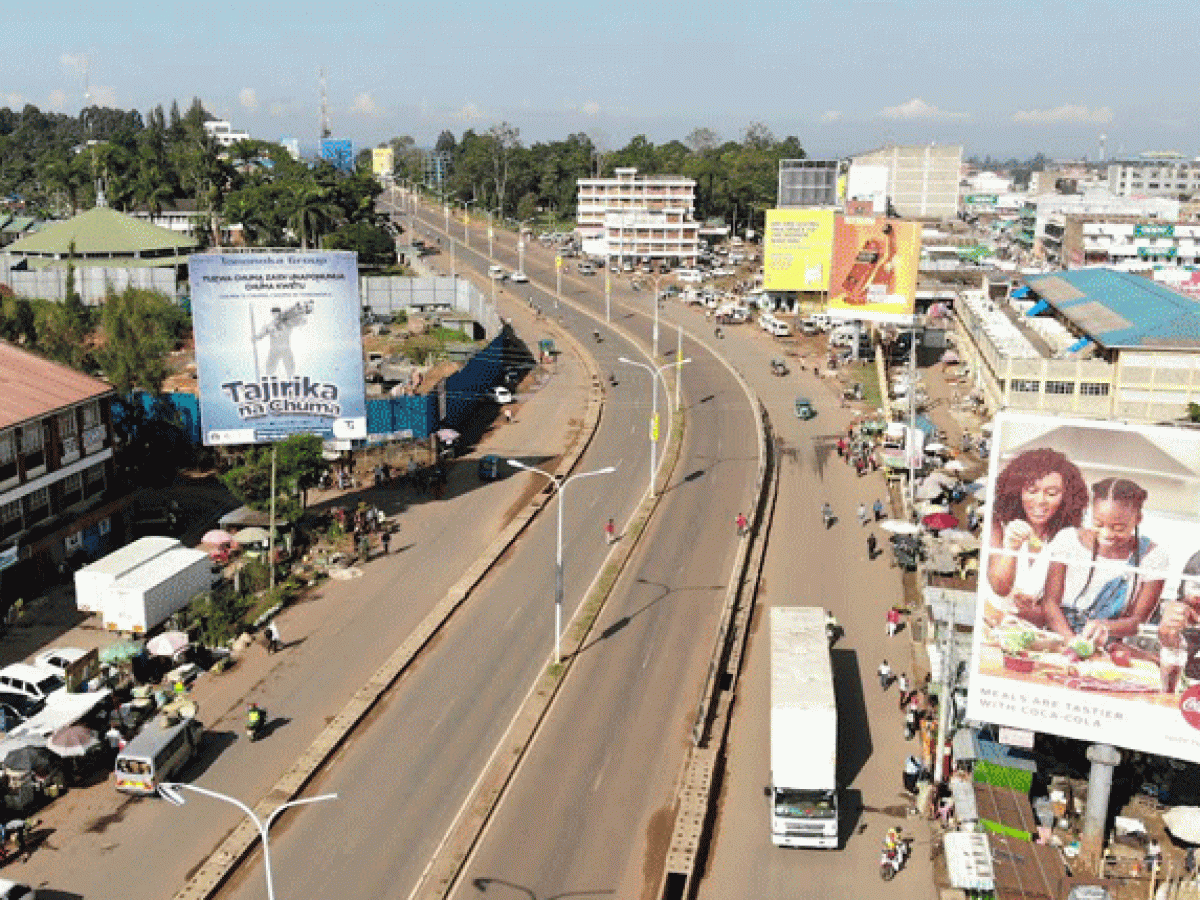
Challenges and Future Development
Infrastructure Development
While Kakamega has made significant strides in infrastructure development, there is still a need for further improvements. The town requires continued investment in road networks, public transportation systems, and utilities to cater to its growing population. Upgrading existing infrastructure and expanding its capacity will ensure that Kakamega remains well-connected, efficient, and able to accommodate future development.
Unemployment
Like many other towns in Kenya, unemployment remains a challenge in Kakamega. The town needs to address this issue by creating more employment opportunities, particularly for the youth. Encouraging entrepreneurship, supporting small businesses, and attracting investments in various sectors will contribute to job creation and economic growth. Additionally, providing vocational training and educational programs tailored to the needs of the local job market will equip individuals with the skills required for employment opportunities.
Environmental Conservation
Preserving the natural environment is crucial for the sustainable development of Kakamega. Deforestation and degradation of the Kakamega Forest pose serious environmental challenges. Efforts should be made to promote sustainable farming practices and reforestation initiatives. Involving local communities in these conservation efforts, raising awareness, and implementing effective policies will help protect the unique biodiversity of the region and ensure a sustainable future for Kakamega.
Conclusion
Kakamega is a vibrant town with a rich history, diverse culture, and promising future. Its strategic location, favorable climate, and abundant natural resources have contributed to its growth and development. Through continued investments in infrastructure, addressing unemployment challenges, and embracing sustainable practices, Kakamega can further enhance its potential for economic, social, and environmental prosperity. With its welcoming atmosphere, cultural heritage, and array of tourist attractions, Kakamega is an emerging destination that offers visitors a unique and memorable experience.
